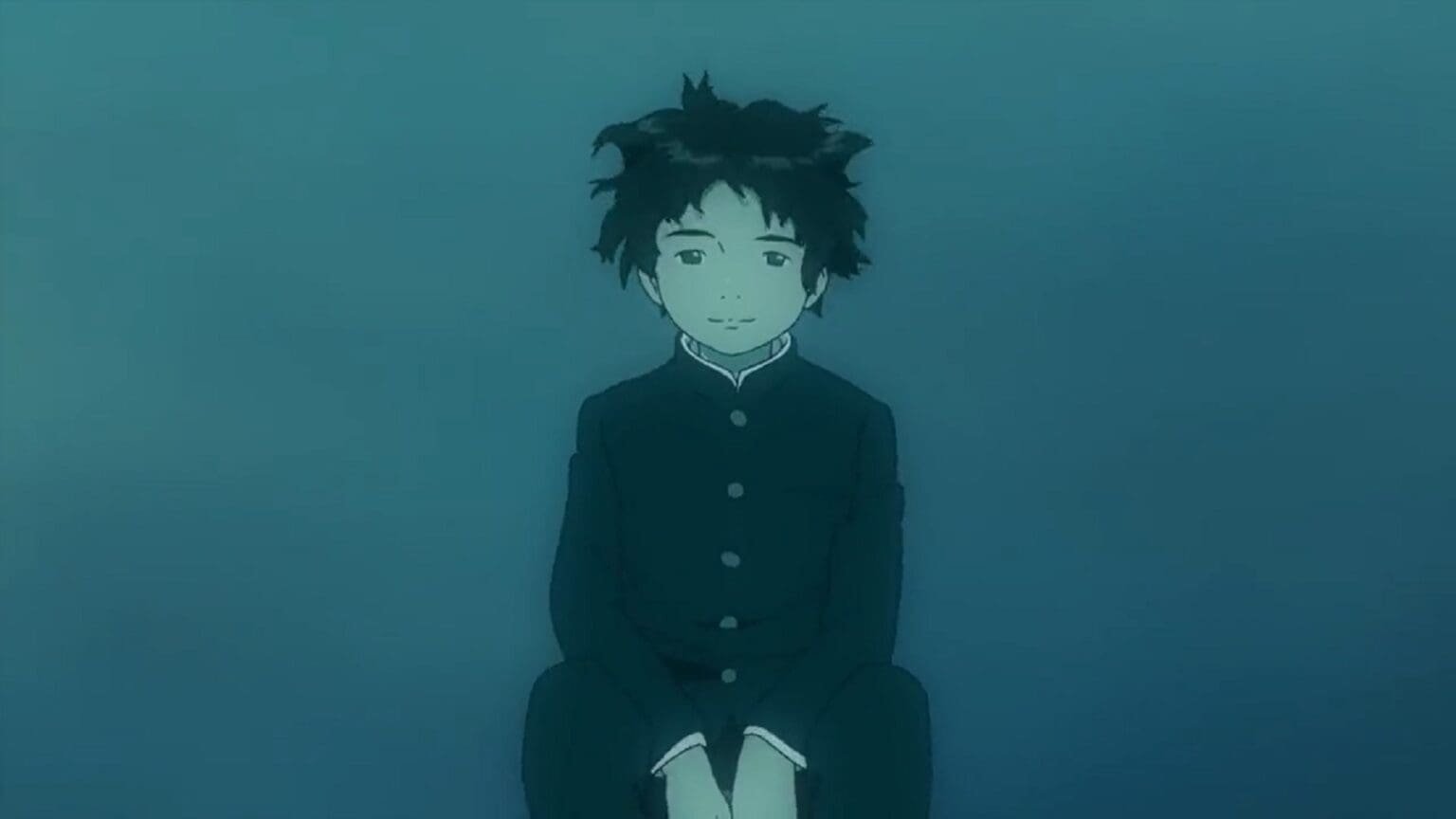Released in 2010, the Keiichi Hara directorial Colorful, which is based on a novel of the same name by Eto Mori, takes viewers on an unique journey to explore life and find the purpose in living. Although the film had dealt with serious subjects such as suicide or academic pressure and familial expectations, the relevance of the film lies in its exploration of second chances despite the emotional and psychological adversities that one faces with ‘acceptance.’
Though it has been long since the anime movie came out, the themes in Colorful have been interpreted as evergreen. With a heavy stress on an individual’s mental issues, the anime movie takes on a didactic approach to show what constitutes life as one comes to embrace it and explore the nuances of living. With philosophical films like How Do You Live? coming out this year, it provides a perfect excuse to revisit films that have traversed similar themes, and what’s better than the good ol’ Colorful.
The brilliance of Colorful comes out in its subtleties
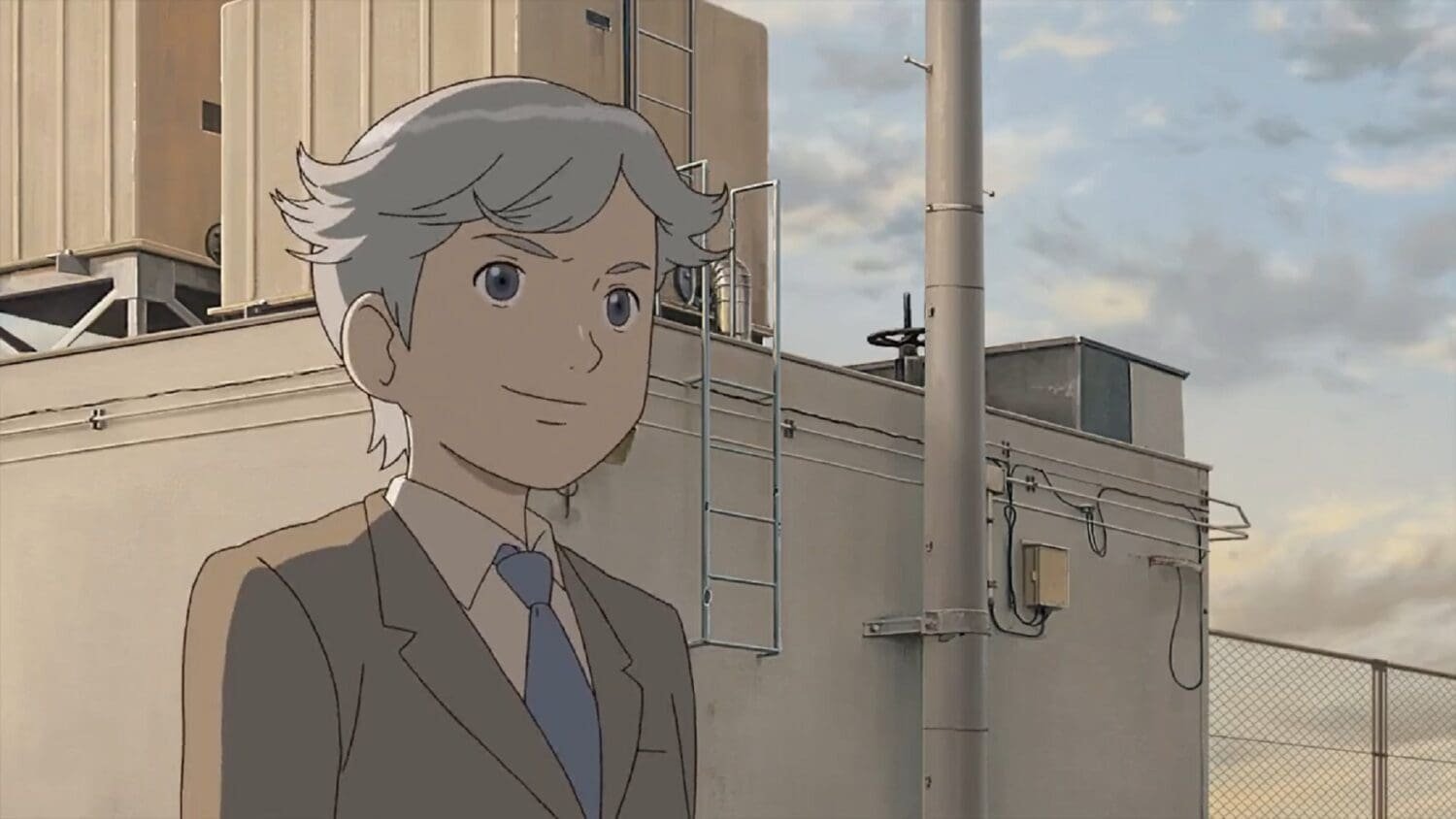
Unlike the title “Colorful,” the film’s cinematography plays with drab and muted colors like grey, off-white, pale yellow, etc. This is a mild surprise, given that one would expect a movie with such a title to have brilliant vivid colors like a Shinkai film, yet the aptness of the title becomes clearer to the viewers at the end of the movie when PuraPura asks Makoto to live a full colorful life.
The movie starts with the arrival of a dejected soul on a train station where other souls prepare to depart for the cycle of reincarnation. The station is a liminal space, much like the Styx or Sanzu rivers, from where the souls take a piece of sheet to move on to the other side.
Here, the main character tries to understand the surroundings, which is when they comes across PuraPura. The latter is perceived as an angel by the unnamed soul, who informs him that he is not. However, the soul gets “lucky” as PuraPura instructs that the Boss has ordered that he will get to live yet again for a brief time on earth. Following which, the soul is pushed into an elevator that descends abruptly to push the soul above the urban Tokyo sky.
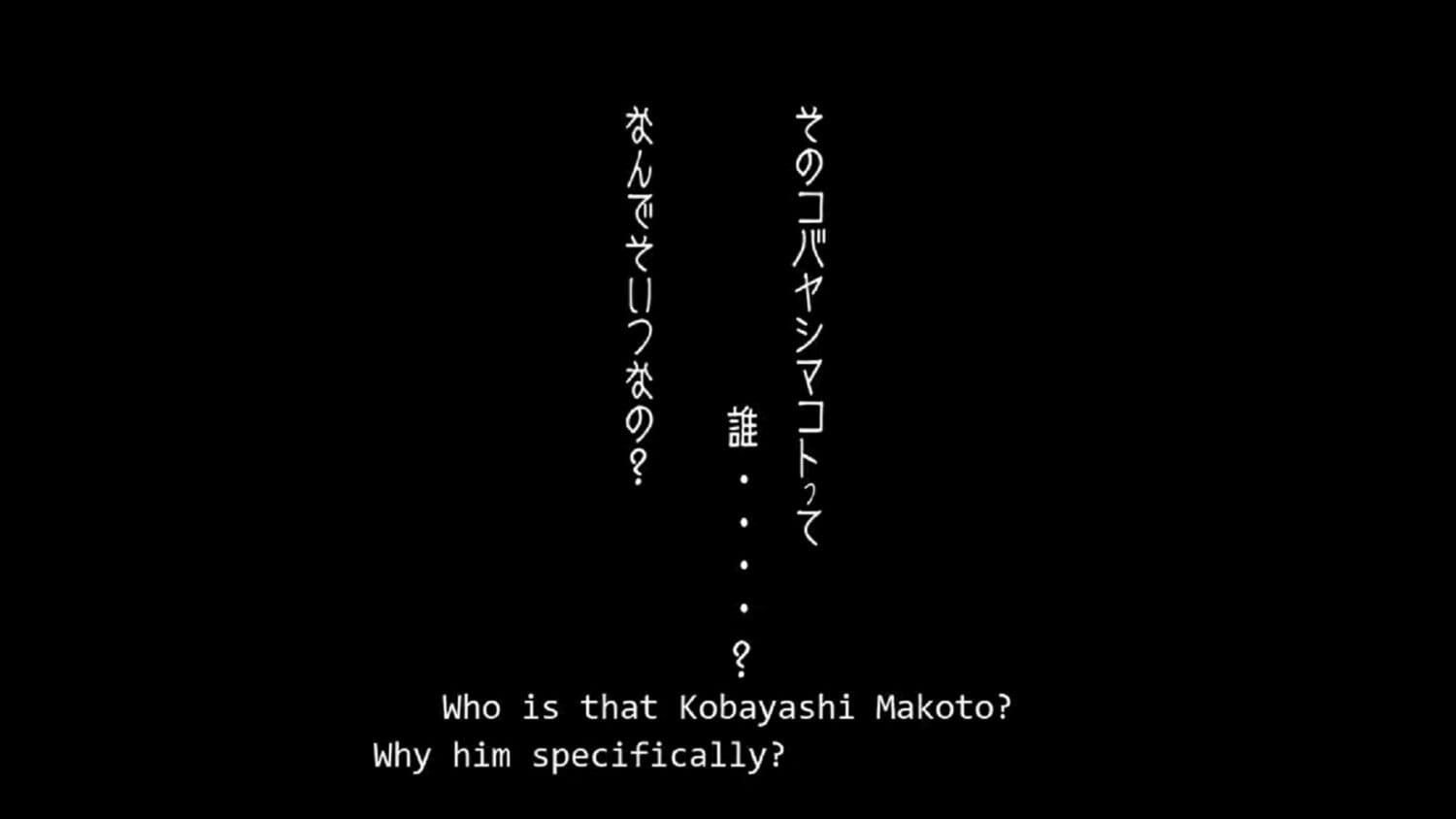
An interesting thing about this opening is that it opens with a first-person perspective, making the viewers believe that they are the ones who are taking the journey at the station. Thus, the use of verbal dialogs seen visually on the screen rather than being heard and the camera’s position to make it seem it is the viewers are the soul, provides an universal message. All humans, despite having multifaceted personalities, are reduced to a being that symbolizes that our problems are of the same nature at its core. This is expanded upon much later, but the subtle foreshadowing becomes palpable once the conclusion of the movie is reached.
The second chance that the soul is given is officially called “internship” term by PuraPura, which includes him residing in the body of 14-year-old Makoto Kobayashi, who nearly dies in a suicide attempt. The internship thus involves the main protagonist trying to continue living for a stipulated time to find out the real reason for the “sin” they committed during their lifetime.
What follows next is the soul within Makoto’s body getting briefed by PuraPura about his immediate peers, after which he accommodates in the new surrounding with a positive attitude – a fact that seemed at odds with his “old” self, as observed by Shoko. However, life is not as simple because Makoto learns of his mother’s affair, his brother’s indifference towards him, and his father’s lack of personality. The daily drudgery of home life makes him irritated, and he finds the respite in school, specifically inside the art room.
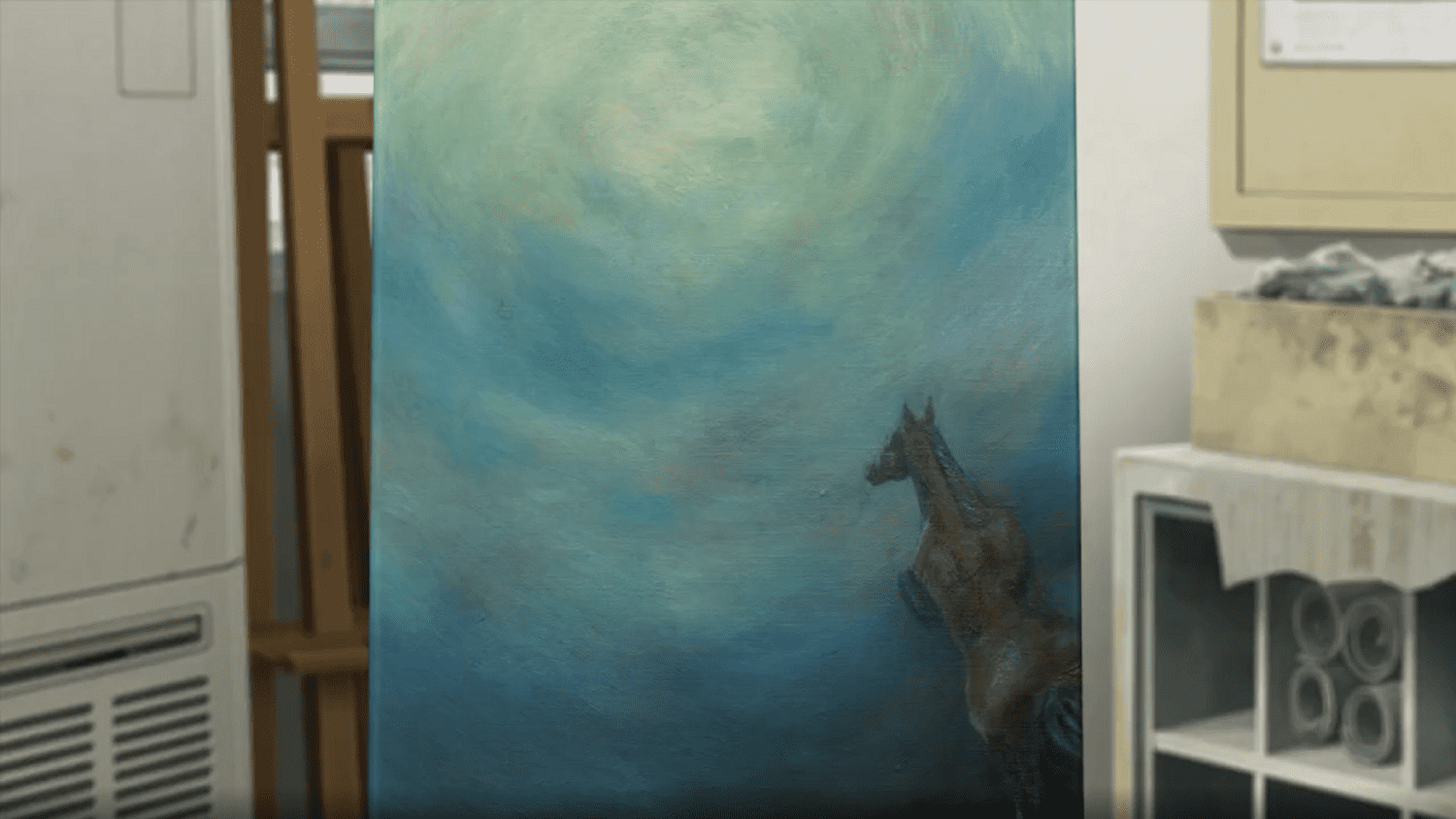
The art room is especially important because viewers get a glimpse into the personal side of the old Makoto. The last painting by Makoto before his suicide attempt was that of the horse galloping against a blue background. While Hiroka interprets this as a horse soaring above, Shoko points out how it seems the horse feels like it is galloping and rising upwards.
The ambiguity in the painting and subjective perception symbolizes that an individual is multifaceted, as one cannot be seen in the same way as others, just like how two person would look at the same sky but see different things. The significance of the painting becomes even more stark when in one of the frames Makoto is seen submerged underwater. Usually, blue is often used to symbolize depression and sadness, but here the blue is used to suggest the layers that an individual has within themselves – a depth that only remains exclusive to oneself.
Makoto’s home life sours further, and despite PuraPura’s warning, he “bullies” his mother. The gravitas of his shock of his mother having an affair is seen when he imagines her preparing the meat cutlet with the same hands that transitions into her caressing a white bedsheet. Yet, he finds it unable to forgive her even when PuraPura says,
“People make mistakes, regardless of who they are. It’s the same for your past self, too.”
Forgiving is a hard pill to swallow, and often comes at a price. This becomes evident through irony later in the movie’s climax, when Makoto’s realization of the self provides an outlet to validate one’s mistakes and carry forward by leaving the burden behind.
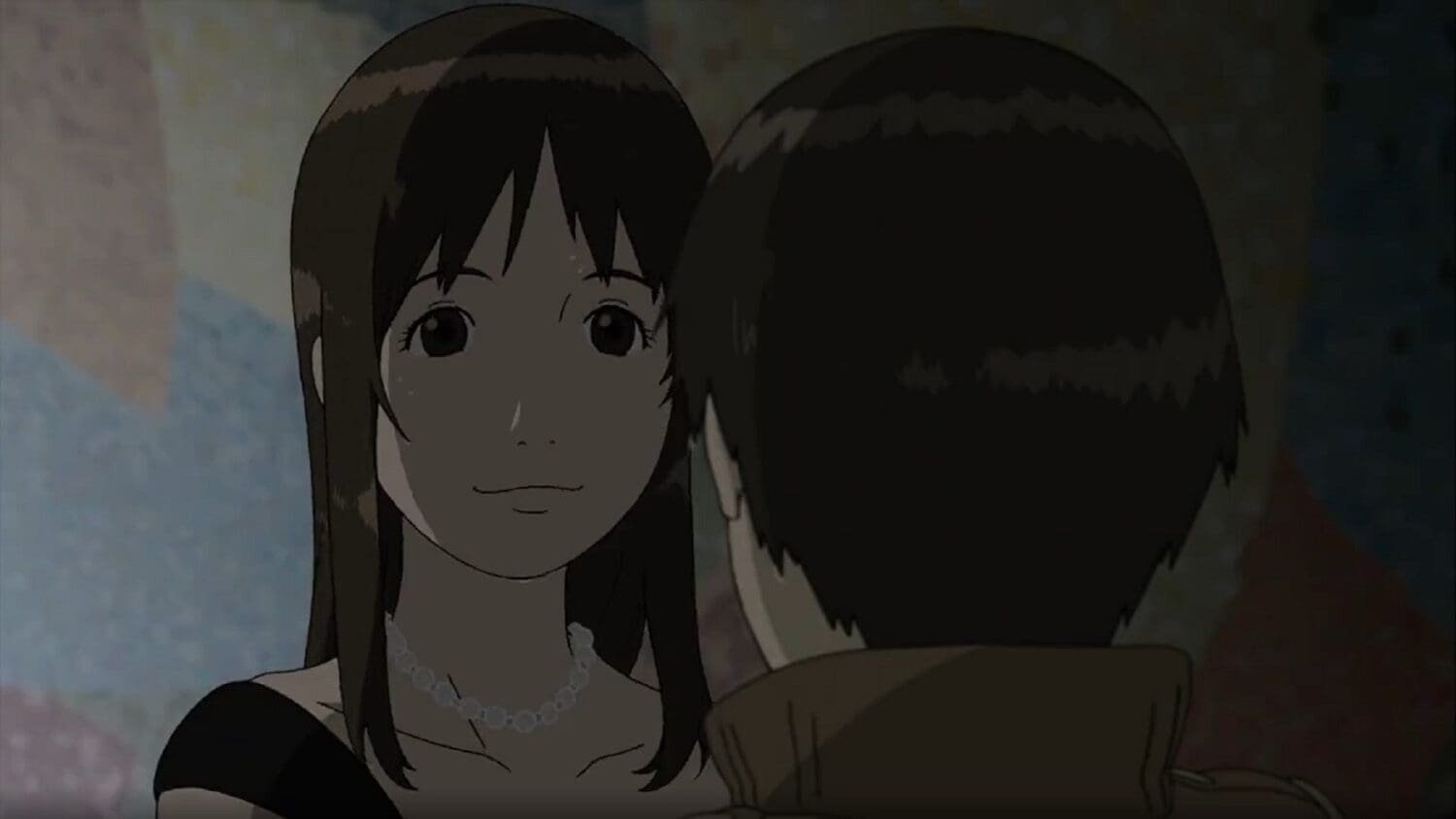
Later one day, Makoto spots Hiroka, his crush, entering a love hotel with a middle-aged man. In a daring move, he runs away with Hiroka. However, when the latter tells her that she likes being in a relationship with the man because he provides for her materialistic needs, Hiroka feels baffled. In a realization that is similar to the main protagonist of James Joyce’s Araby, Makoto understands the complexity of moral conduct as Hiroka goes back to her middle-aged lover.
A few days later, bed-ridden after being attacked by a group of thugs, Shoko visits him. While Makoto thinks that Shoko might be ashamed to hang out in front of others, he demands an explanation on how the current Makoto changed from the previous one. It is here that Shoko explains that the old Makoto was “transparent” and “pure” and always seemed deep in thought, as if he was carrying “the sorrow of the world alone.” However, he dismisses the observations by showing an adult magazine to Shoko, stating how the old Makoto also had human desires. While virtue signaling was shown to have a potential in the movie through the topics of betrayal and cheating, it soon lost its value as the focus shifted to a more philosophical ground.
Apart from that, an interesting factor about the movie is its mindless direction. While many viewers have criticized the lack of a proper direction in the movie, it somehow reflects a contemporary man’s position in the modern world where ambition and meaning often gets lost into the daily routine of living. Yet, the monotony of life can be reduced through several ways. As Shoko says how she find drawing safe and soothing – a task that validates her – and this is how she finds the strength in enduring the difficulty of life or online hatred.
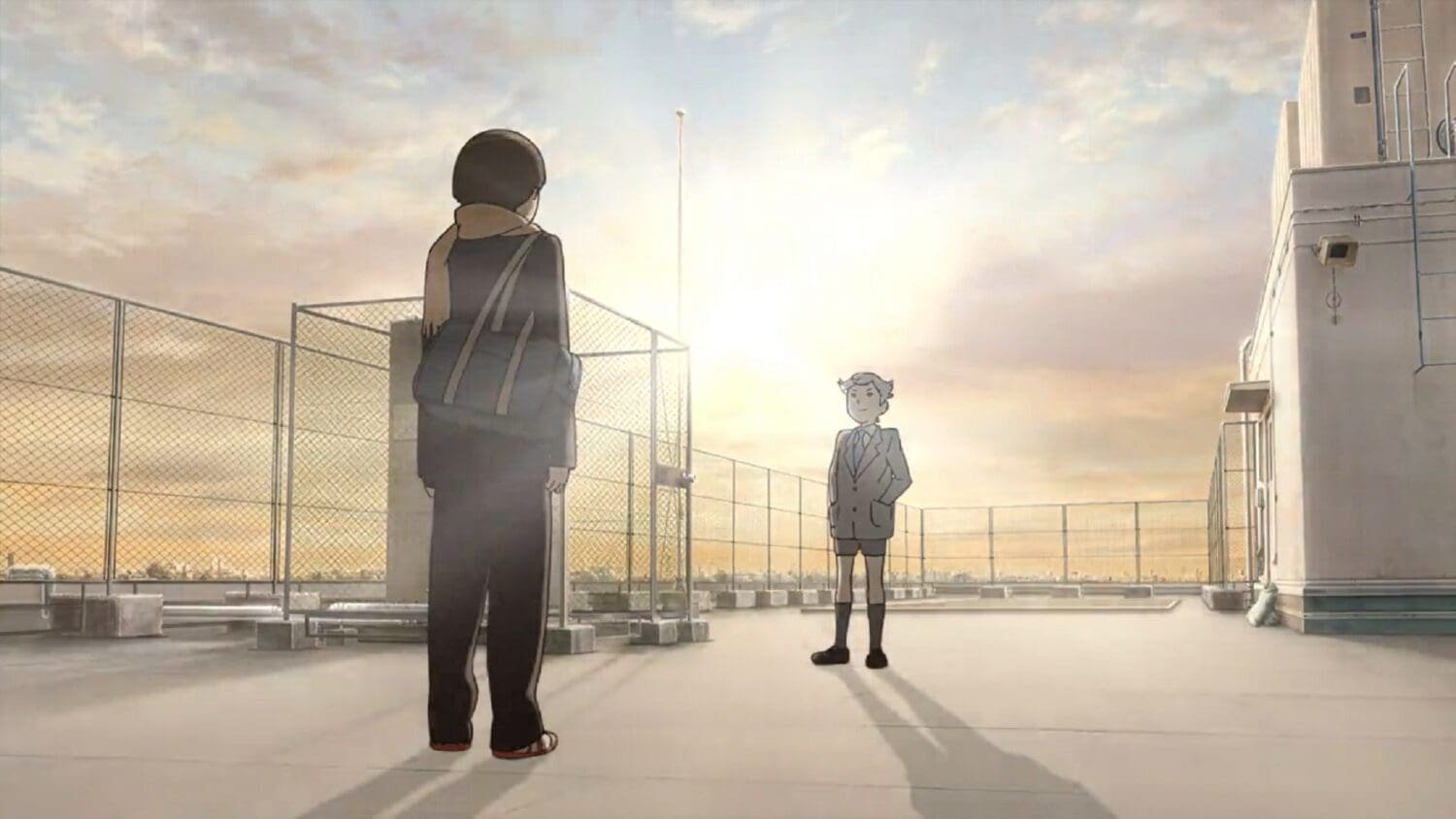
The ending of Colorful is perhaps the most impressionable scene in the entire movie. Once the protagonist realizes that he is soul of Makoto and assigned to his own body, PuraPura explains how the “so-called Homsetay” is not exactly an “internship” for souls but to give forsaken souls a chance to get back to life. Recalling Makoto’s words to Hiroka, PuraPura says how the “colors” that constitutes oneself is not the same and ranges accordingly, and how finding one’s own “colors” can be tough. Yet, to develop a color takes time, which is why one must also progress slowly and continue living life “colorfully.”
The core point of this message is that all humans are diverse, but feelings cannot exist in vacuum. Hence, depression, sadness, anger, envy is something everyone goes through, yet one must strive to push through it and continue living the life. While the movie had ground to dive deep into this theme, the execution was not well thought out and was thus left at a place where viewers ended up with mixed feelings about the movie. Perhaps, it was intentional on the creator’s part since not everything needs to be explained in life in detail – some things are better left subtle.





